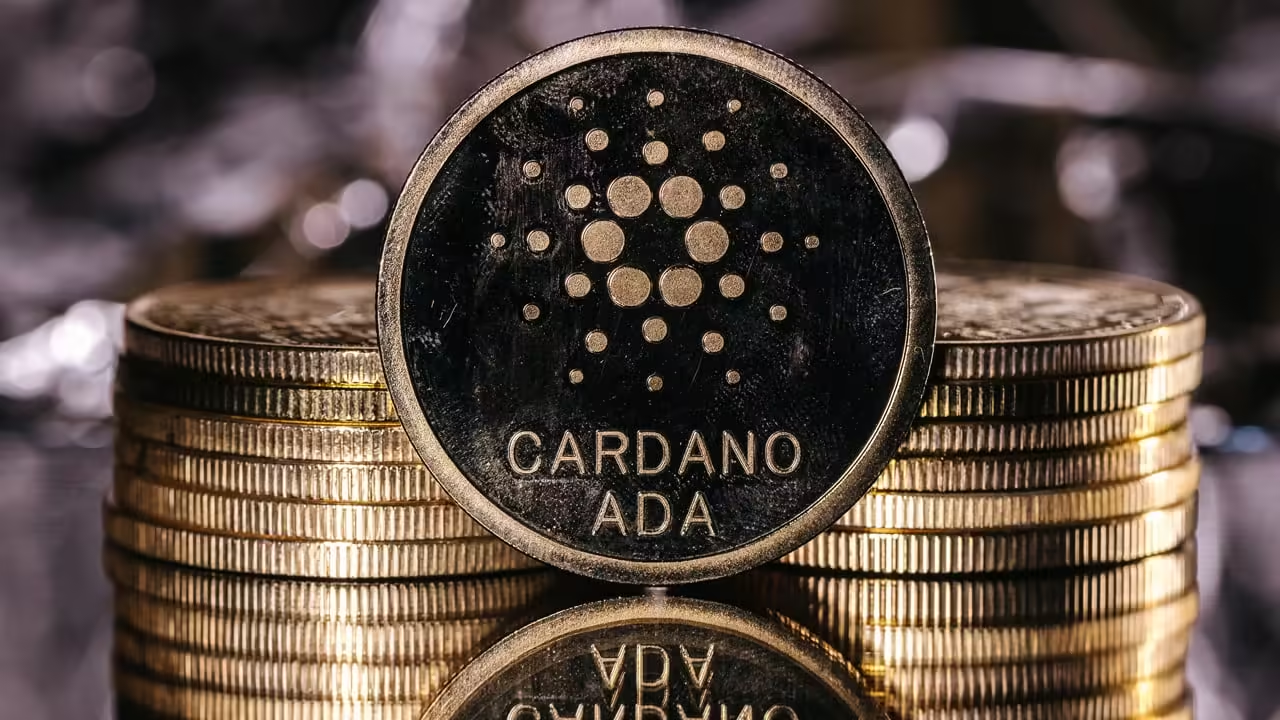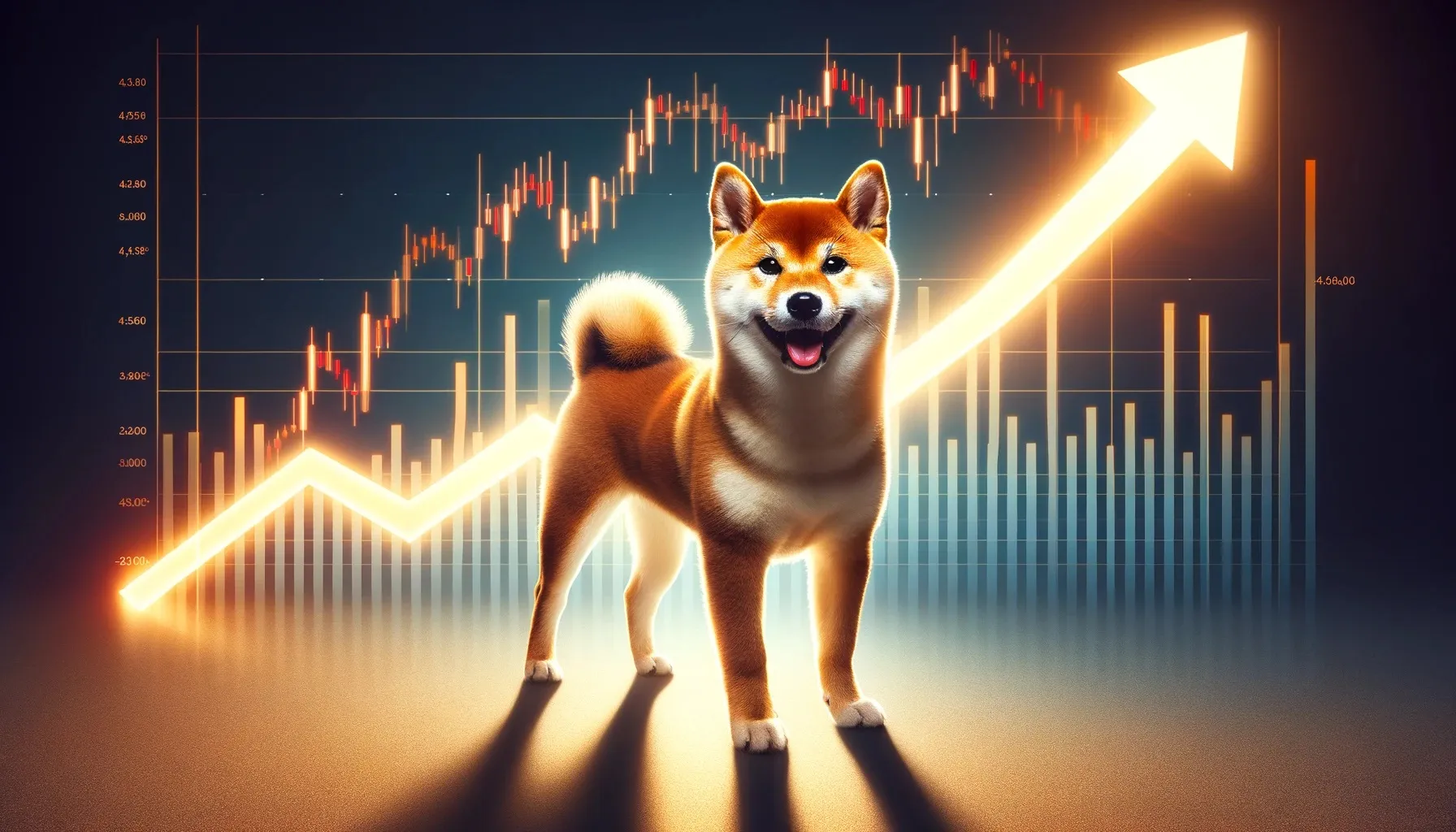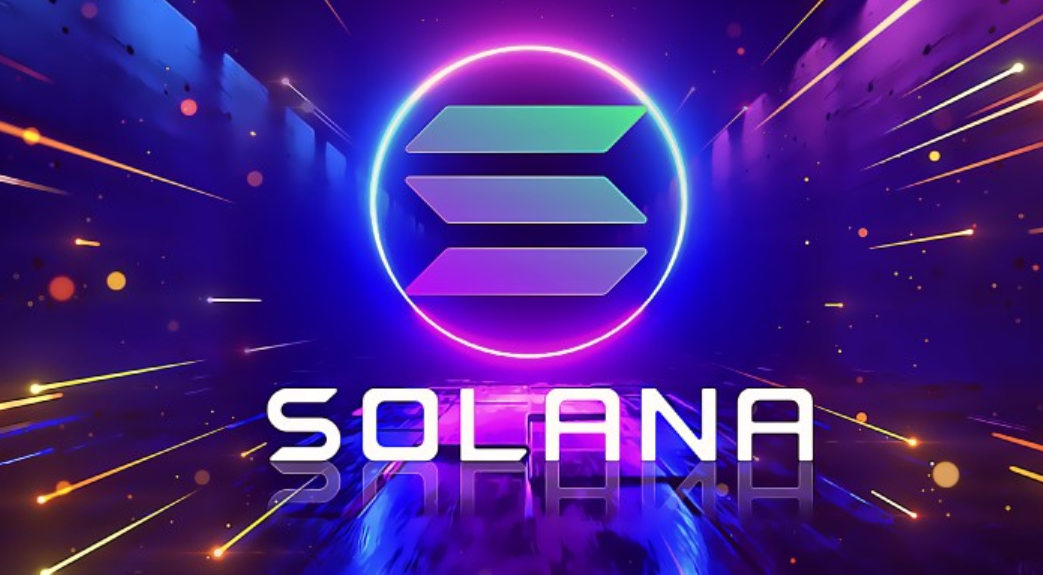|
Getting your Trinity Audio player ready...
|
Circle’s USDC, the second-largest stablecoin, has reached a new milestone, with its market capitalization surpassing $56 billion this week. This surge marks a significant recovery and an indication of renewed growth in the stablecoin sector. Over the past month, USDC has added a remarkable $10.2 billion to its market cap, fueled primarily by the increase in Solana-based decentralized finance (DeFi) trading volumes, according to Artemis data. This growth is more than double the $4.6 billion rise seen by Tether’s USDT, the largest stablecoin, which continues to lead the market with a $142 billion cap.
USDC’s latest growth spurt not only eclipses its 2022 peak but also signifies a full recovery from the 2023 U.S. regional banking crisis. During this period, Circle’s stablecoin reserves, partially held at Silicon Valley Bank, were impacted by the bank’s collapse, causing USDC to temporarily lose its dollar peg. This event led to a shift in token holders toward USDT, allowing Tether to surpass its own 2022 market cap earlier in 2023.
Stablecoins, like USDT and USDC, are pegged to external assets, typically the U.S. dollar, and are crucial for liquidity on crypto exchanges. Their expanding supply serves as a key indicator of investor demand and the overall health of the cryptocurrency market. The recent acceleration in stablecoin growth, particularly in the wake of slower activity in late 2023 and early 2024, signals a positive shift in the market.
Historically, growth surges in stablecoins have coincided with rallies in Bitcoin (BTC) and altcoin prices, suggesting that stablecoin supply expansion is often linked to broader crypto market dynamics. As the market navigates macroeconomic challenges and price consolidations, the reaccelerating stablecoin growth provides an encouraging sign for the future stability of the crypto ecosystem.
Disclaimer: The information in this article is for general purposes only and does not constitute financial advice. The author’s views are personal and may not reflect the views of Chain Affairs. Before making any investment decisions, you should always conduct your own research. Chain Affairs is not responsible for any financial losses.
Crypto and blockchain enthusiast.




